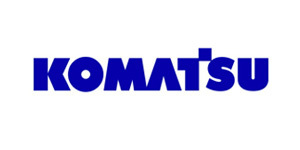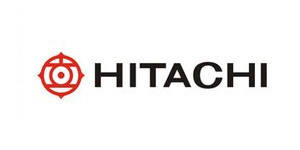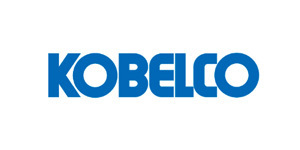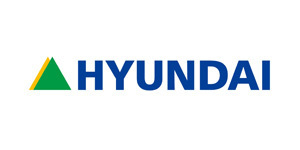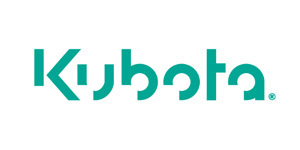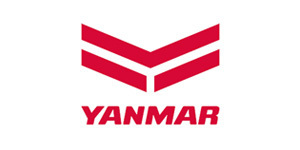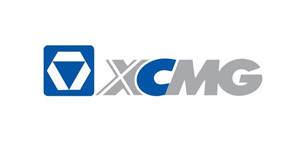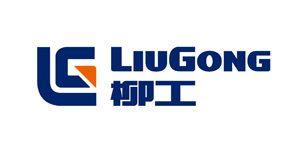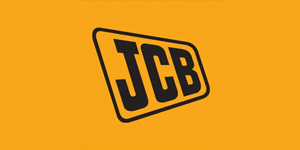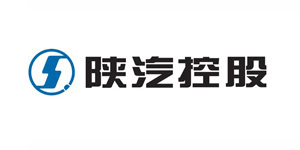Blog & Events
15
2024
-
04
Six risks in China's excavator industry
Starting from the beginning of 2009, under the stimulation of the national 4 trillion yuan investment plan, the construction machinery industry has experienced a period of rapid expansion for three consecutive years. However, from the second half of 2011, the central government to strengthen the macro-control of the economy, relying on investment-driven economic growth gradually to promote domestic demand, while in order to curb inflation, real estate, road and bridge construction and other infrastructure projects slowed down or delayed, the demand for products has fallen sharply. According to the China Construction Machinery Industry Association Excavating Machinery Branch statistics, excavator sales since May 2011 for 15 consecutive months of negative growth, although the decline narrowed, but the market situation is still very uncertain. Hidden under the halo of high-speed development of a variety of problems are gradually exposed, the industry is in a difficult situation, the manufacturer's operating conditions are not optimistic. In the recently held China Construction Machinery Industry Association Excavating Machinery Branch annual meeting, the association's secretary general Li Hongbao in the analysis of China's excavator industry, clearly put forward the excavator industry, there are six major risks.
Risk a high inventory
"Eleventh Five-Year" period of the excavator industry has been unprecedented high-speed development. After the economic crisis, the country's 4 trillion yuan investment has driven the excavator manufacturing enterprises to invest in the expansion of enthusiasm, part of the excavator industry has never been involved in the business and even non-manufacturing enterprises have entered the market. Excavator market "cake" in the constantly bigger at the same time, but also continue to create a bubble. Compared with the waste caused by duplication of construction, the misjudged market demand for enterprises and industry development is a bigger blow.
Since 2011, excavator manufacturing enterprises new production capacity of nearly 150,000 units, compared with the original capacity almost doubled, capacity is obviously greater than the market demand. Insufficient start caused by the sudden drop in demand directly leads to the enterprise production capacity can not be effectively released, a large number of equipment is idle, the enterprise work rate is less than 1/3, according to rough survey statistics, the current machine product inventory has nearly 50,000 units, parts of the inventory of nearly 20,000 units, according to the general sales situation to calculate, even if the enterprise does not produce, the digestion of the inventory will take at least 6 9 months of time.
Risk 2 Increased risk of bad debts and overdue claims
During the macroeconomic and industry downturn, the ** prominent problem faced by relying on credit sales to boost performance is the recovery of accounts receivable. According to the 2011 annual reports and 2012 half-yearly reports of five ** listed companies in the industry, the combined accounts receivable of the five companies at the end of 2011 increased by 94% compared with 2010. The growth rate of accounts receivable of many companies was around 90%, and the growth rate of accounts receivable of some companies even reached 148%, more than doubled, compared with the sales growth rate of around 30% in the same period, the growth of accounts receivable was far more than expected. By the middle of 2012, most companies accounts receivable growth of more than 50%, some companies even more than 100%, just half a year, the magnitude of the increase is unimaginable.
Huge accounts receivable on the one hand occupied the company's working capital, aggravated the company's financial burden, resulting in the company's cash flow tensions; on the other hand, blind credit sales policy, increasing the uncertainty of the payback, the risk of customer default increased, the risk of bad debts and accounts receivable due to the increase in the risk of not being able to recover.
According to the excavating machinery branch research, in the 20 companies participating in the research, the median delinquency rate of 42%, ** large value of 60%, ** small value of 26%. There are only 3 companies with overdue rate less than 30%, 7 companies with overdue rate between 30% 40%, 8 companies with overdue rate of 40% 50%, and 3 companies with overdue rate of more than 50%.
Risk 3 Significant increase in finance cost expenses
The rapid growth of long and short-term borrowing and the increase in lending rates under the tightening policy increased the company's financial costs, from the financial expenses/operating income indicator, five companies the ratio rose from 0.53% to 0.78%, an increase of 47%, meaning that for every additional dollar of sales revenue, you need to bear more financial expenses, and some companies the indicator is more than 1%.
Some companies' finance costs increased nearly twofold in 2011 compared to 2010. During the same period, the ratio of long-term debt/working capital rose from 30% to 48%. Part of the rise in long-term borrowing is used for long-term investment in technological transformation, while the other part may be used to supplement the company's daily operating cash flow. Finance costs increased significantly, diluting the company's net profit.
In 2011, the average gearing ratio of the five ** listed companies was 58%, compared with the higher gearing ratio of aviation, real estate, commerce and distribution industries, there is still some room for debt, but bear too much interest expense, will certainly bring a decline in net profit, the expansion of the industry and the company backed up by long-term and short-term borrowings, once the banks tighten the monetary fund, the expansion will be unsustainable.
Risk 4 Negative net operating cash flow
The increase in debts and the increase in inventories have reduced the actual operating cash flow received by the company, and the operating environment will gradually deteriorate in the downturn phase of the economy. A number of companies have negative net cash flow from operations, indicating that their income from operating activities is not yet sufficient to cover daily expenses, resulting in negative cash flow from operating activities as a percentage of operating income. Under such circumstances, the companies have to rely more on external financing for continued and expanded operations, and internal cash flow is very tight.
Risk 5: Asset operation capability needs to be improved
From the financial indicators of 2009, 2010 and 2011, the average inventory turnover days and accounts receivable turnover days of the aforementioned five companies increased, the turnover rate decreased accordingly, inventory and accounts receivable took up more working capital, and the turnover rate of current assets and total assets continued to decline. 2012 industry average total asset turnover rate dropped 23% compared with the **higher rate of 2009, the overall asset operating capacity of the industry is in urgent need of improvement. The overall asset operation capability of the industry is in urgent need of improvement.
In terms of growth capacity, the industry as a whole was in a period of expansion in 2009 and 2011, and the total assets of enterprises grew at a faster rate, with an average growth rate of total assets of about 60% in the past three years. the growth rate of total assets dropped to about 20% in the first half of 2012, and the growth rate of assets slowed down.
Risk six Credit sales bring more security risk
Bank mortgage, installment payment and financial leasing as the main means of credit sales mode in the excavator industry sales accounted for more than 90%, three kinds of sales methods, although there is a certain difference, but all need to manufacturers with their own credit guarantee. Aggressive credit policy can promote sales behavior, so that enterprises accumulate a large number of accounts receivable, but in the user repayment pressure increases, the risk of corporate indebtedness and bad debt pressure will also be raised. Because many downstream customers are individual practitioners, and some companies tend to ignore the key link of customer asset review, blindly expanding sales, once the customer can not repay the money, the hidden contingent liabilities for manufacturers will be huge and unpredictable.
Related News












